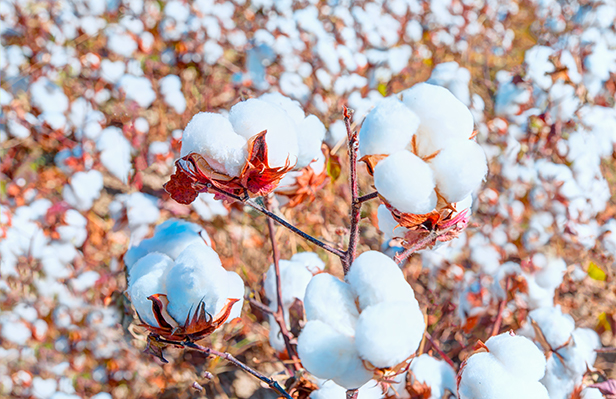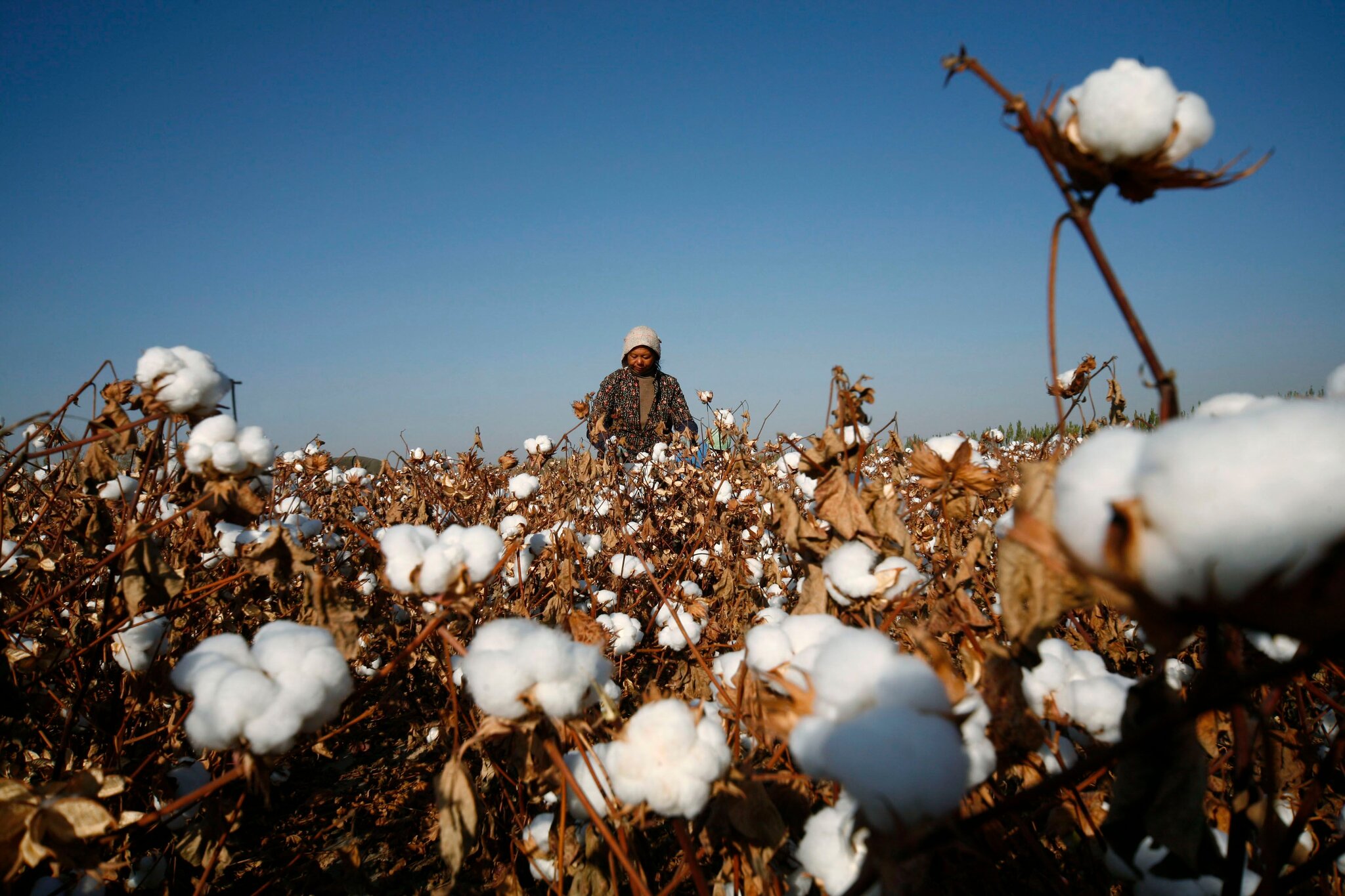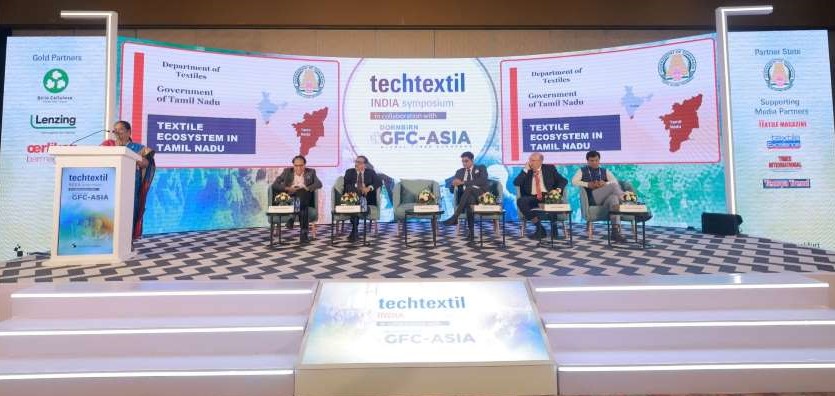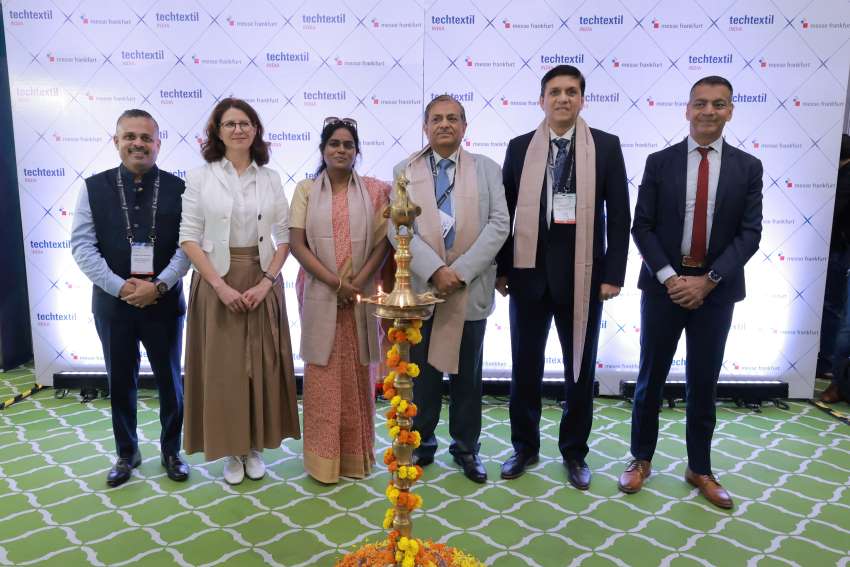
The US’ blanket ban of cotton and cotton products from China came into effect to affirm the US’ stand on alleged human rights violations and forced labour in Xinjiang region. The numbers indicate the discomfort levels of fashion brands – cotton produced in the Xianjiang region supplies roughly 20% of the world’s cotton and US garment brands and retailers more than USD 1.5 billion worth of garments, valued at around USD 20 billion in sales. The ban is beginning to hurt businesses in the US at the retail level.
Challenging times for Bangladesh
Bangladesh’s readymade garment manufacturing sector is in a dilemma. Approximately 70% of its requirements for cotton yarn and textiles originate from Xinanjiang’s cotton fields and the ban makes this sector in Bangladesh highly vulnerable. The country is the world’s number one importer of cotton and cotton yarn; and China, India and Pakistan are its main sources. The ban on Chinese cotton and the current destruction of cotton crops in Pakistan due to the flooding has put immense pressure on Bangladesh to look into sourcing from other countries. It is clear that whilst India will use the ban on Chinese cotton goods to its advantage and increase its export of raw material, yarn and textiles to Bangladesh, it is not yet in a position to completely replace the quantities China is capable of. If Bangladesh cannot quickly find substitutes to fill the gap, it risks running foul in the eyes of the US and its ally, the EU. Recently, Bangladesh has been accused of “cotton laundering” by various American and European activist groups who claim to have proof that Bangladesh continues to import Xianjian based cotton and material under fake labels. Such an accusation is not only going to create political tension between Bangladesh and the US and EU, but can potentially damage the countries manufacturing hubs and subsequently its exports. Now that Xianjiang’s cotton is off the table, economists predict a sharp increase in cotton prices that in turn will affect Bangladesh’s attractive cost proposition negatively. Adding to its woes, Bangladesh is facing a US dollar reserve crisis and needs to heed the IMF warning on spending its dollars cautiously, or else face a Sri Lanka like situation. This will affect Bangladesh sourcing cotton from new suppliers with whom it will not enjoy the credit line it has built up with Chinese exporters for years. The overall outlook is one of great trepidation as the country scrambles to find a quick solution.
Vietnam faces cotton laundering charges
The Sino-American fall out hasn’t gone well for Vietnam and India either. Like Bangladesh, Vietnamese manufacturers are also facing the allegation of “cotton laundering”. Vietnam only purchased cotton and yarn from the Xianjiang region worth USD 582,000 in June but is being accused of intermediary-based purchase of a far greater value. However, Vietnam’s largest source of cotton and yarn is the US and therefore its manufacturing isn’t as affected as Bangladesh’s by the ban on Xianjiang cotton. Moreover, as a large importer of US cotton goods, Vietnam has a stronger business relationship with the US.
In today’s global economy, politics is intertwined with trade. The US’s decision to ban cotton related products will have negative repercussions in economies in South and South East Asia that are US-friendly nations and US based retail businesses as well.












